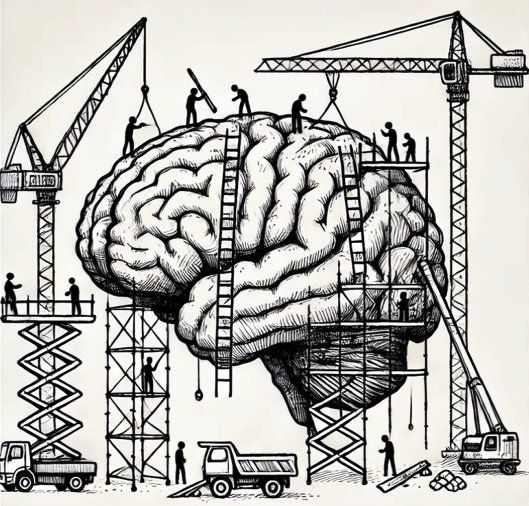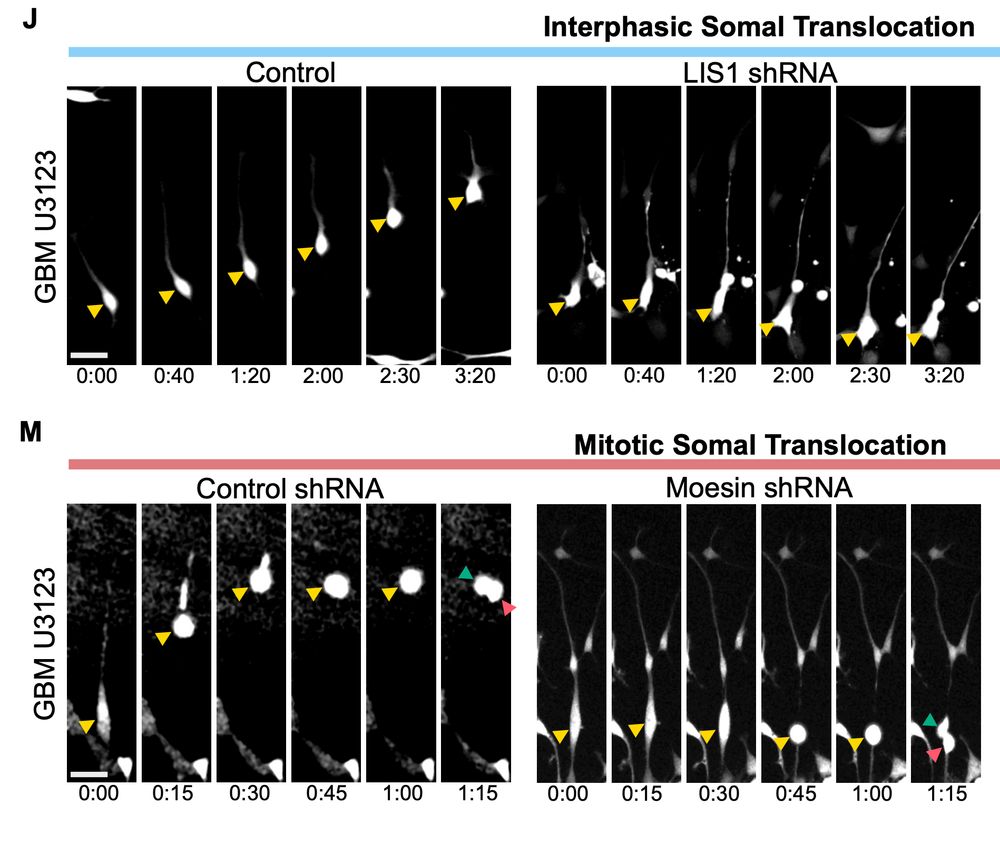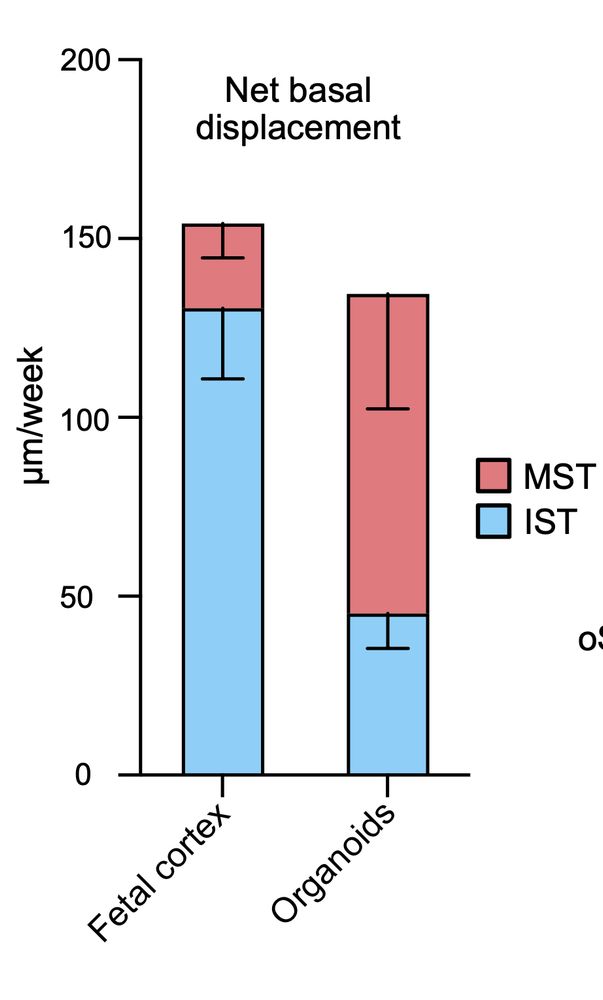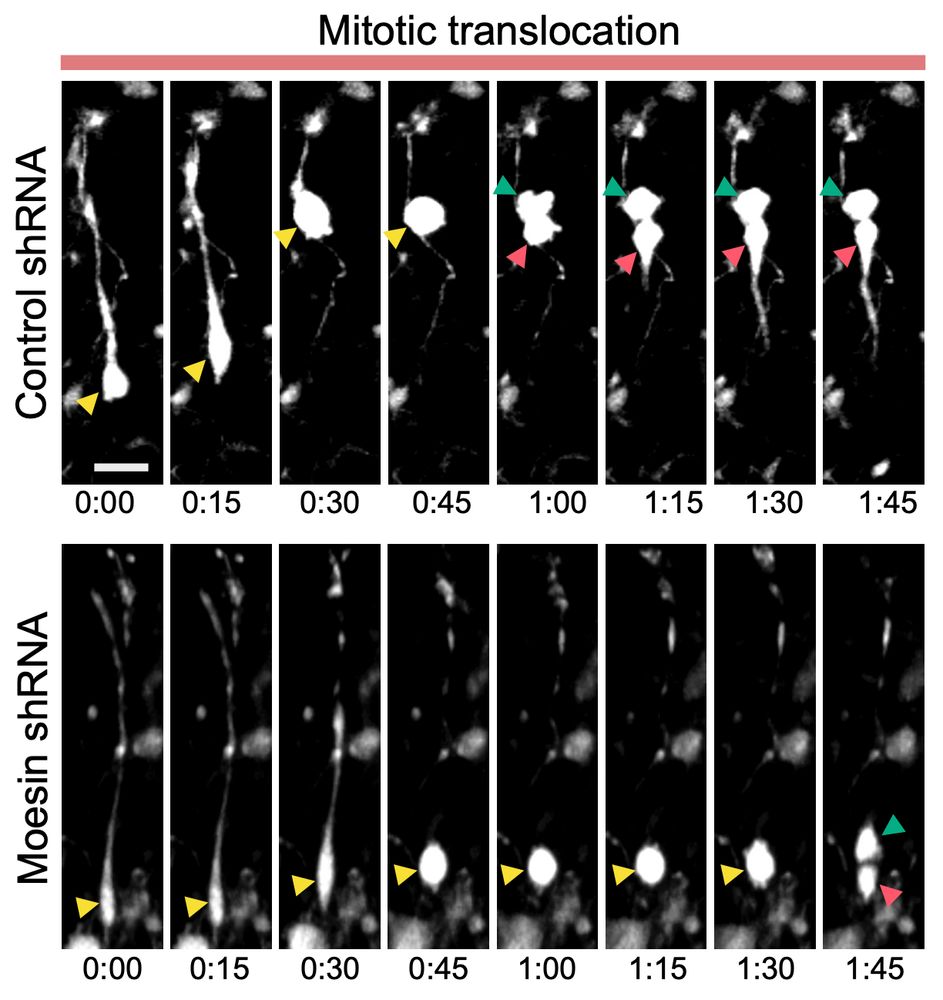Ryszard Wimmer
@ryszardwimmer.bsky.social
270 followers
900 following
23 posts
Dr. in Neurobiology and Cell Biology, interested in how things move in the brain.
Looking at things in the human brain with a touch of live-imaging!
Currently in Institut Curie working on human brain development with a twist on cancer.
Posts
Media
Videos
Starter Packs
Ryszard Wimmer
@ryszardwimmer.bsky.social
· May 16

DCHS1 Modulates Forebrain Proportions in Modern Humans via a Glycosylation Change
Comparative anatomical studies of primates and extinct hominins, including Neanderthals, show that the modern human brain is characterised by a disproportionately enlarged neocortex relative to the st...
www.biorxiv.org
Reposted by Ryszard Wimmer
Reposted by Ryszard Wimmer
Reposted by Ryszard Wimmer
Denis Jabaudon
@djabaudon.bsky.social
· Feb 20
Ryszard Wimmer
@ryszardwimmer.bsky.social
· Jan 28
Ryszard Wimmer
@ryszardwimmer.bsky.social
· Jan 23
Ryszard Wimmer
@ryszardwimmer.bsky.social
· Jan 10
Ryszard Wimmer
@ryszardwimmer.bsky.social
· Jan 10

Two independent translocation modes drive neural stem cell dissemination into the human fetal cortex
The strong size increase of the human neocortex is supported by the amplification and the basal translocation of a neural stem cell population, the basal radial glial cells (or bRG cells). Here, using...
www.biorxiv.org
Reposted by Ryszard Wimmer
Reposted by Ryszard Wimmer
Reposted by Ryszard Wimmer
Reposted by Ryszard Wimmer
Reposted by Ryszard Wimmer
Reposted by Ryszard Wimmer
Reposted by Ryszard Wimmer









